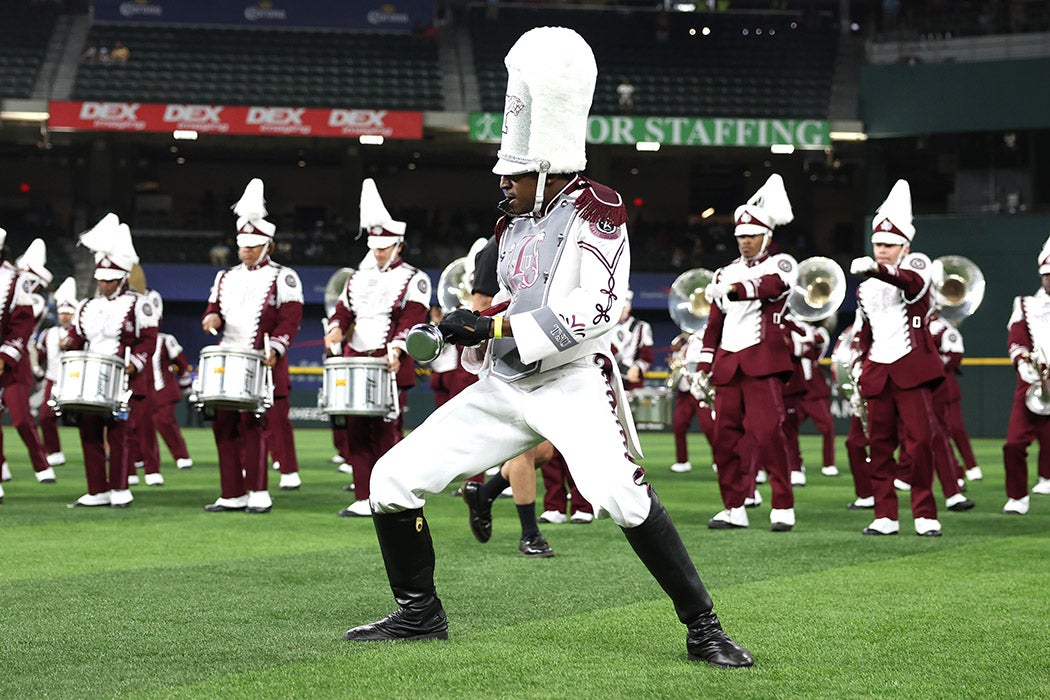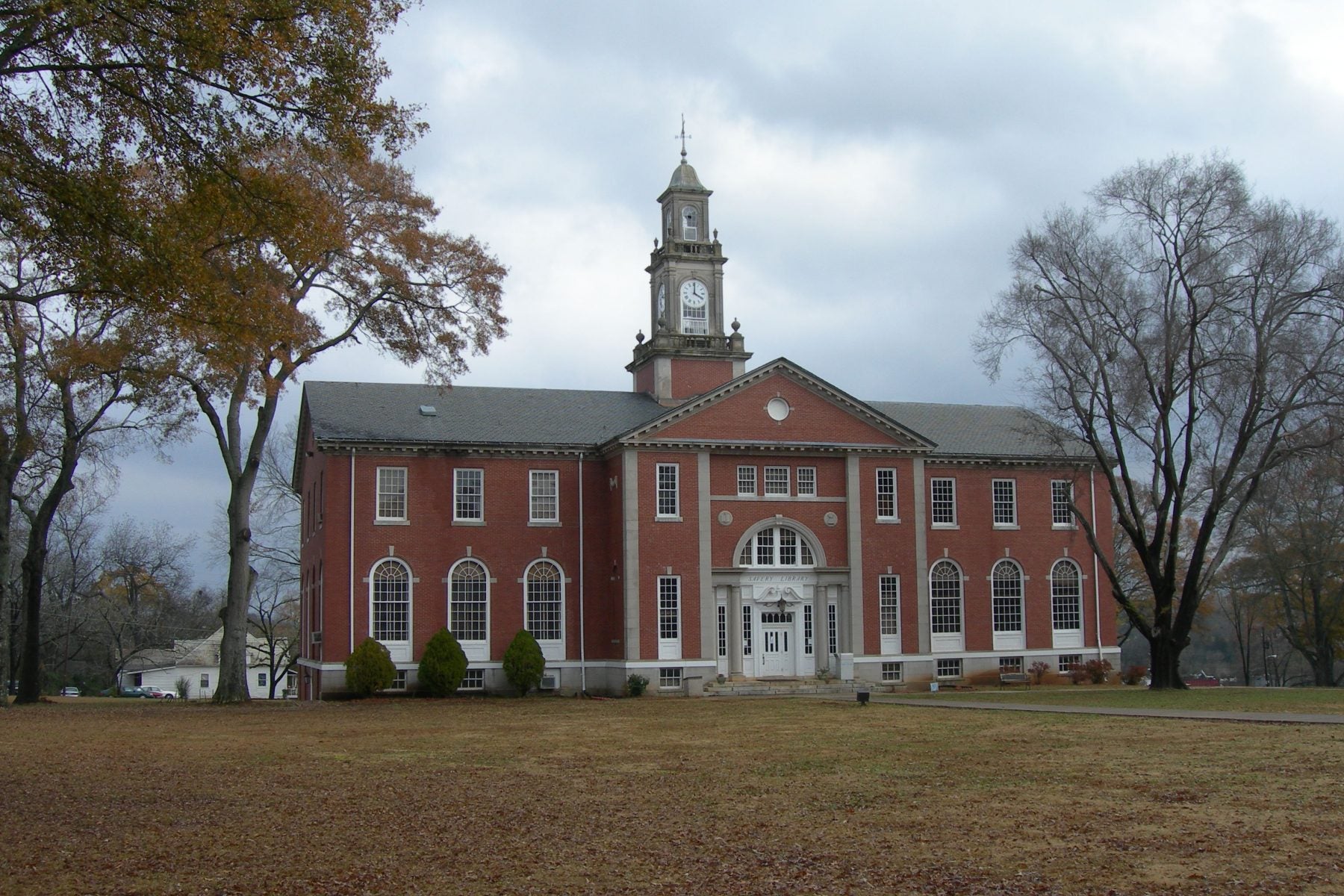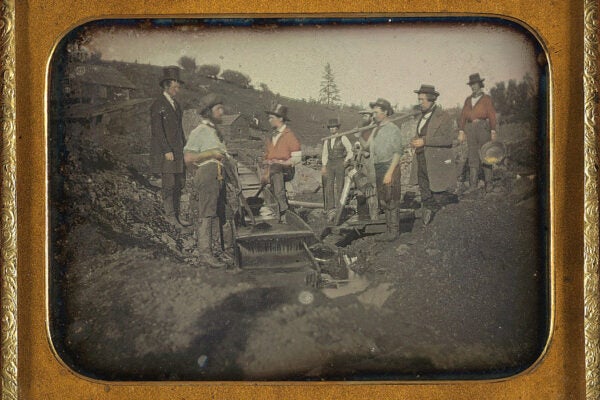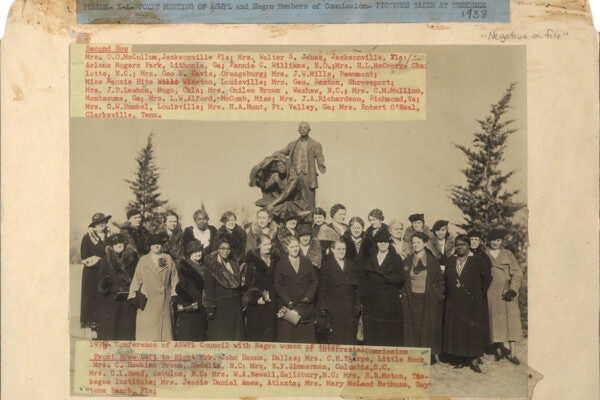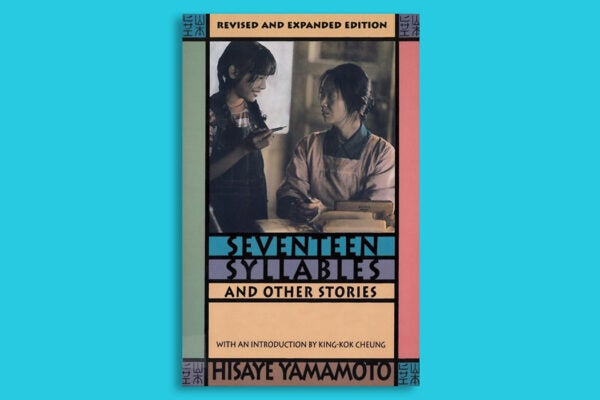For a show that delivers confounding non sequiturs on the regular (Corporate goat farm? Sure.), Severance managed to up the game with a truly unexpected development in last month’s season finale: the realization that sinister corporate behemoth Lumon apparently has an entire HBCU (Historically Black College or University) marching band on the payroll (not to mention that, despite it being basically a cult anthem, “The Ballad of Ambrose & Gunnel” is a total banger). The “Choreography and Merriment” department serves not only to signal the strange breadth and reach of Lumon’s ideology but to highlight the season-long conflict between main character Mr. Milchick and his employer, studded with microaggressions over success and Black identity. The band is a powerful symbol with a long history.
Writ large, marching bands in America are a nineteenth-century invention, and a handful of contributing factors led to their success as an American institution. During the industrial and mass-media development of the 1800s, more standardized production made wind and brass instruments more affordable and better-sounding in groups. Manufacturers eagerly pushed for their widespread adoption, writes Trevor Herbert. New portable instruments, such as the saxophone, were invented as well. The Civil War trained and utilized unprecedented numbers of musicians in the military bands that accompanied marching and drilling and provided entertainment. From the 1880s through World War I, “March King” John Philip Sousa performed American exceptionalism in loud marches and braided uniform.
On the regional level, the marching band came to be understood as a moral, educational, community-focused and civic-minded institution—just think of Harold Hill’s urgent pitch to the citizens of River City in The Music Man: “How could any pool table ever hope to compete with a gold trombone?” In a 1930 article for music educators, writer Mark Hindsley puffed,
It is an organization which every one is proud to call “ours.” It carries the name of its school or city with it wherever it goes and takes back popular recognition and acclaim from thousands of people. It is another project for which the community is glad to unite in support; it greatly aids in developing community spirit and progressiveness.
The nineteenth century in the United States also saw the parallel growth of university culture and American football. With the first intercollegiate college game (Rutgers v. Princeton, 1869) following on the heels of the Civil War, new and growing colleges alike adopted military-style music and band formats to amplify school spirit. In sport as in war and education, there was a moralism and fundamental masculinity associated with the band ensemble. Music professor John Michael McCluskey observes that “[a]s football grew in popularity, its militaristic qualities were championed as instilling participants with core American values.”
Scholar Robert H. Clark notes that while some colleges were open to Black students before the land grant Morrill Acts, those laws established significantly more colleges for Black students.
“Many of the new land grant universities established bands,” Clark writes,
and college marching bands began to develop during the early twentieth century concurrent with the rise of football and the growth of historically black colleges and universities. Tuskegee Institute is believed to have the oldest continually active band at an HBCU, established in 1895.
These HBCU bands paved a new and distinctly Black path for American band music. Clark lists different historical influences including musical training acquired in the US military; a tradition of “secondhand learning” and self-teaching in Black communities; the school band movement; the Great Migration; and segregation in public schools. What the historical trends don’t account for, in Clark’s estimation, “is a large measure of creativity belonging to African American culture, manifesting as syncopated rhythms, ‘blue notes,’ angular body movements, and more.”
Where predominantly white bands favored “corps” style shows, with traditional militaristic aesthetic and roll-step performance, Black bands, with a more kinetic style and mix of music, drew on influences ranging from circus music, ragtime, New Orleans brass bands “cutting” in competition with each other, and even Black participation in minstrel culture.
More to Explore
The Historical Need for Black Colleges
“Father of the Blues” W. C. Handy described one such performance in his autobiography, noting that typical minstrel company parade “was headed by the managers in their four-horse carriage” who acknowledged the audience with a raise of their silk hats. The managers
were followed by the drum major—not an ordinary drum major beating time for a band, mind you, but a performer out of the books, an artist with the baton. His twirling stick suggested a bicycle wheel revolving in the sun. Occasionally he would give it a toss and then recover the glistening affair with the same flawless skill. The drum major in a minstrel show was a character to conjure with; not infrequently he stole the parade!”
Today, these innovative HBCU bands can be seen as emblem and arbiter of Black culture, writes Black and queer studies scholar Antron D. Mahoney, who reads them as “archives of not only ways of performing an idealized Blackness, but material deposits of the very lived experiences of being Black in the US.” Among Black scholars and musicians this is both celebratory and complicated, particularly when the band emphasizes masculinity and heteronormative culture.
Weekly Newsletter
Mahoney has examined HBCU bands as accounting for a multiplicity of Black identities. He writes that
HBCUs have historically provided a space for (re)imagining manhood and womanhood, particularly at times when Black manhood and womanhood have been marked as deviant or inadequate by white power structures. Still, for all the support HBCUs provide, there are often limits on affirming expression and identity that might be considered subversive, or fall outside of a heteronormative framework.
Where historically HBCU bands may have been difficult spaces for queer students reconciling their identity with the masculinity of the drumline, for participants who did or didn’t have a particular religiosity in their upbringing, or for women who wanted to be a drum major as opposed to a dancer, Mahoney points to bands as a site for public exploration of new possibility: women dancers who engage in athletic, masculine “bucking,” Beyoncé’s celebration of Black band culture at Coachella in 2018, and the general subversion of dominant ideas and perspectives through charismatic, high-stepping excellence.
Support JSTOR Daily! Join our membership program on Patreon today.
